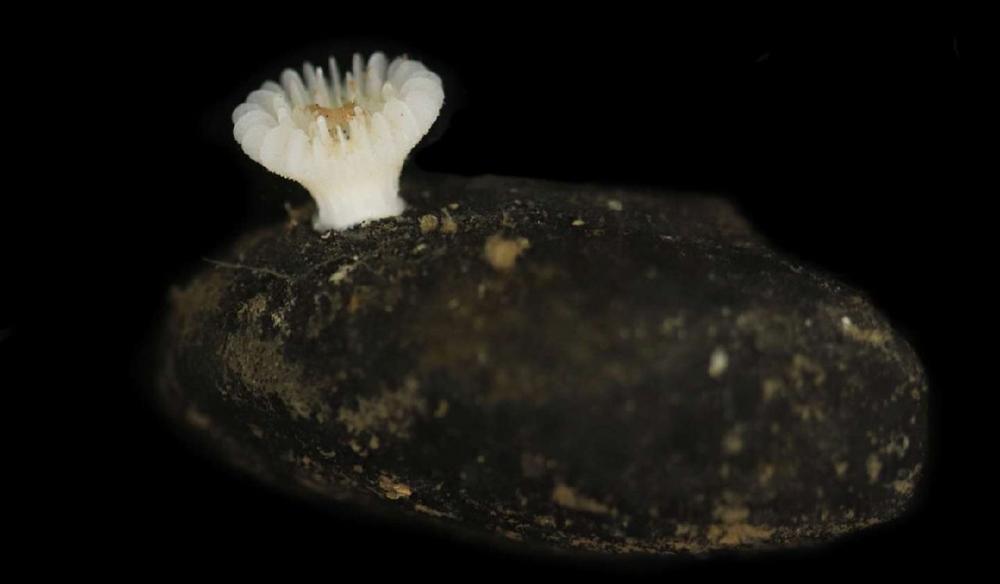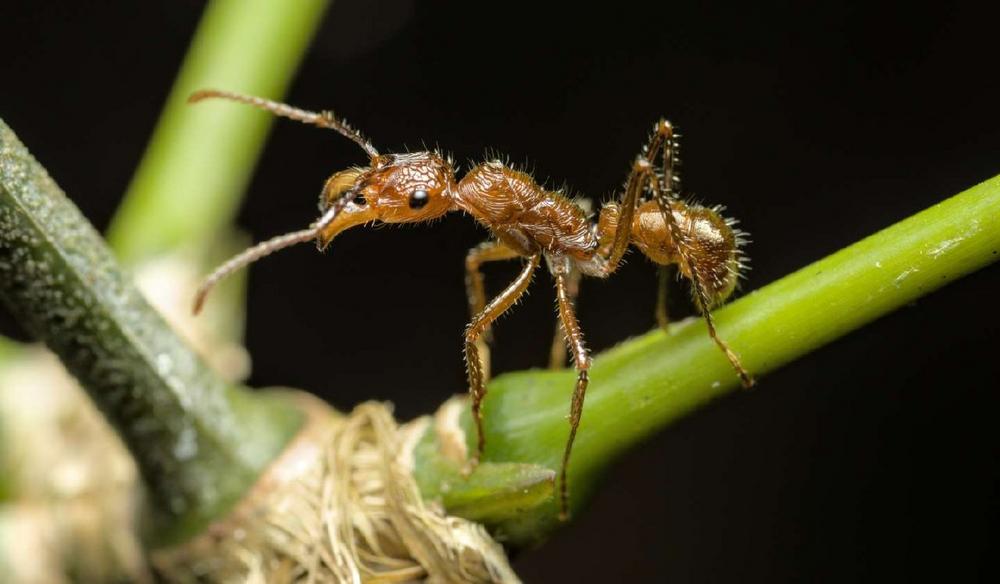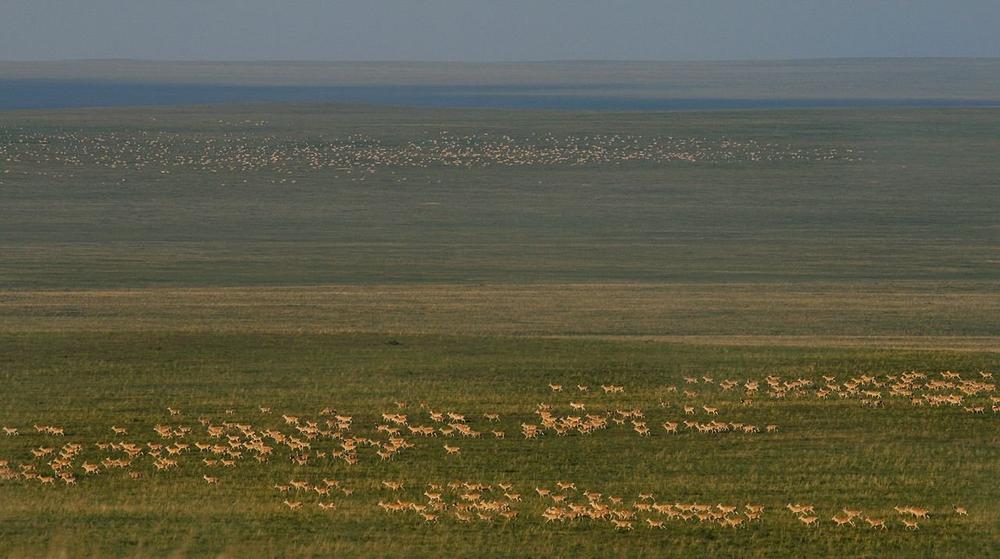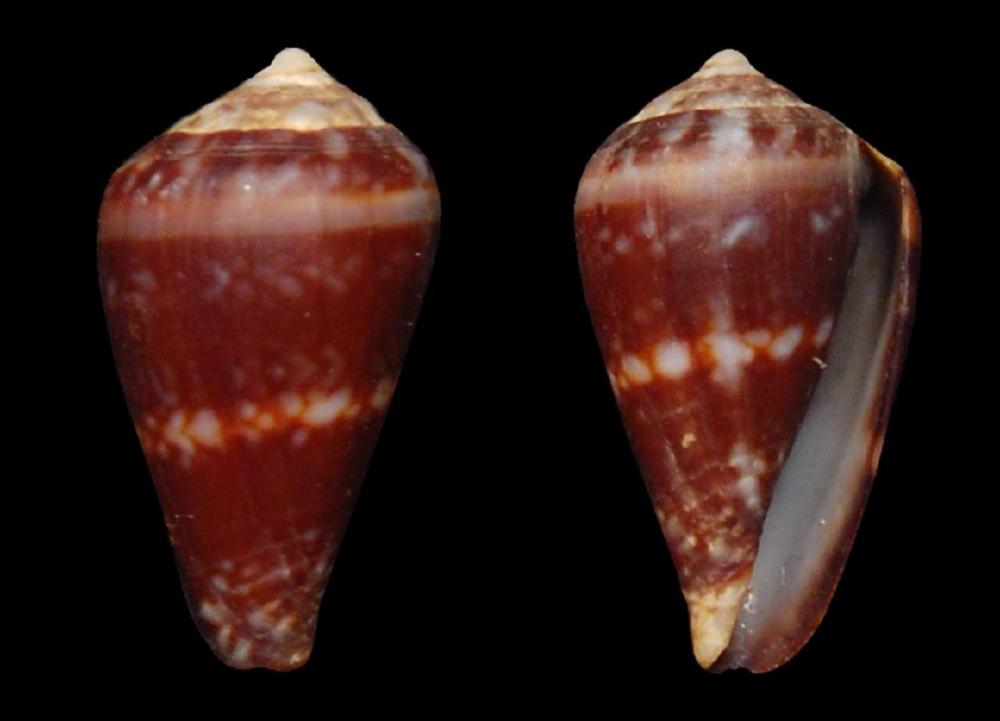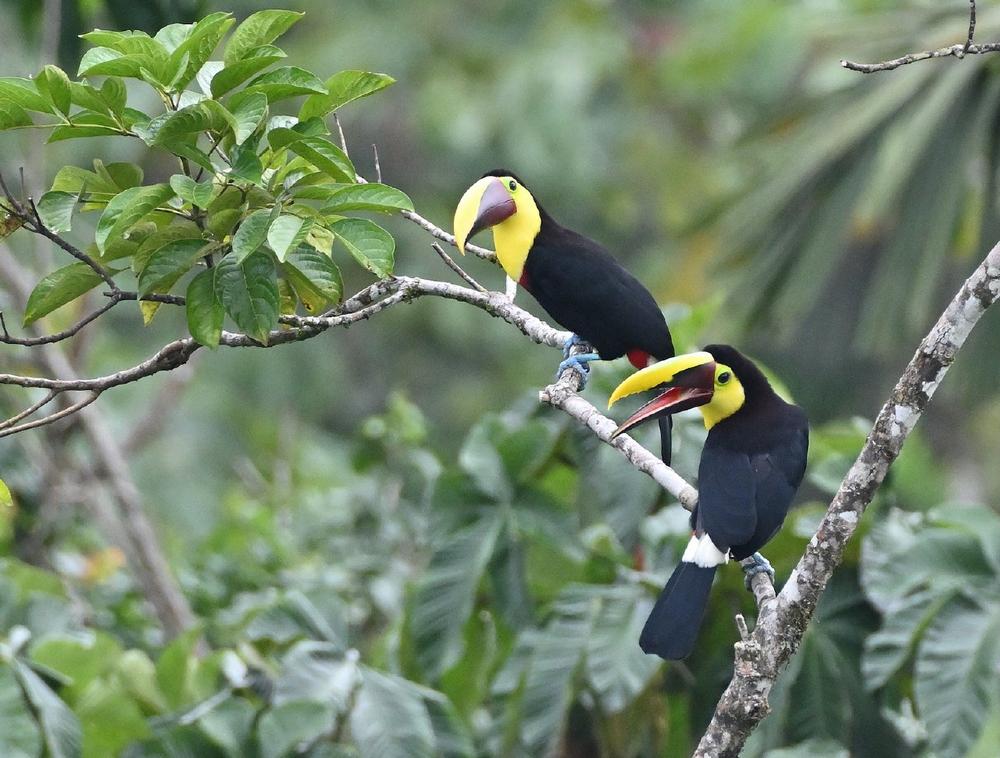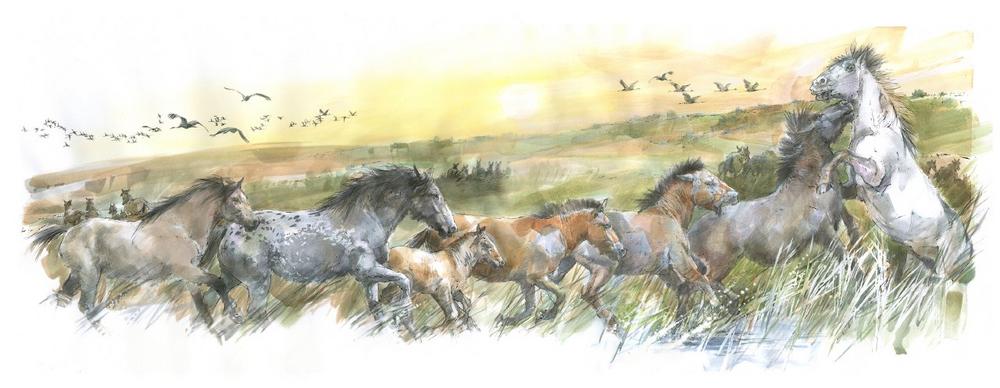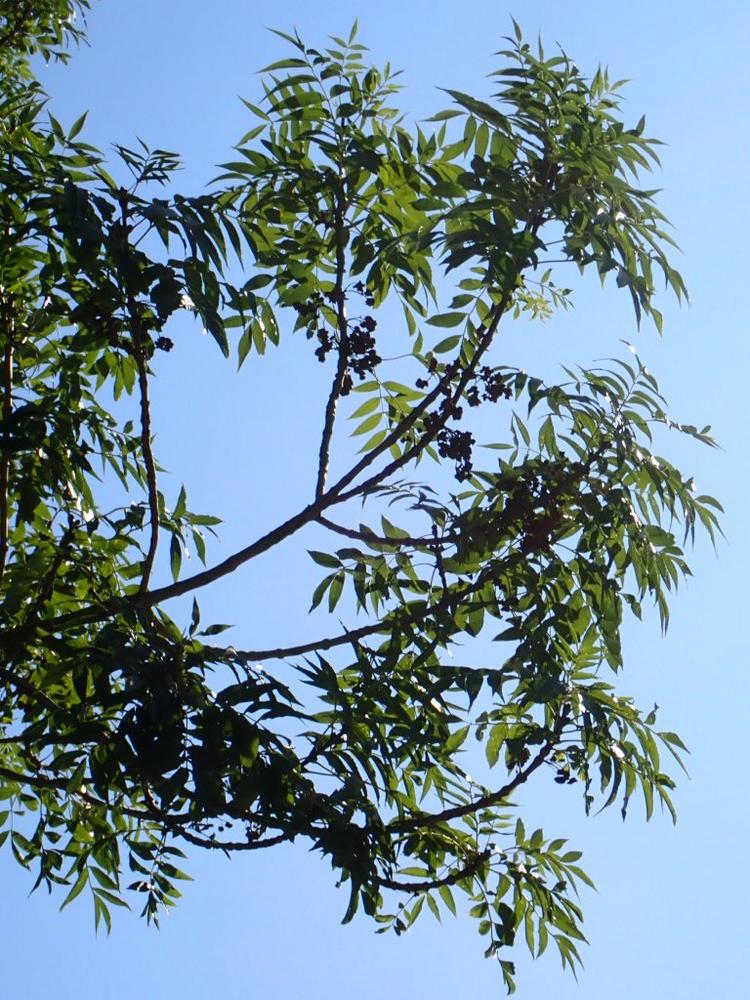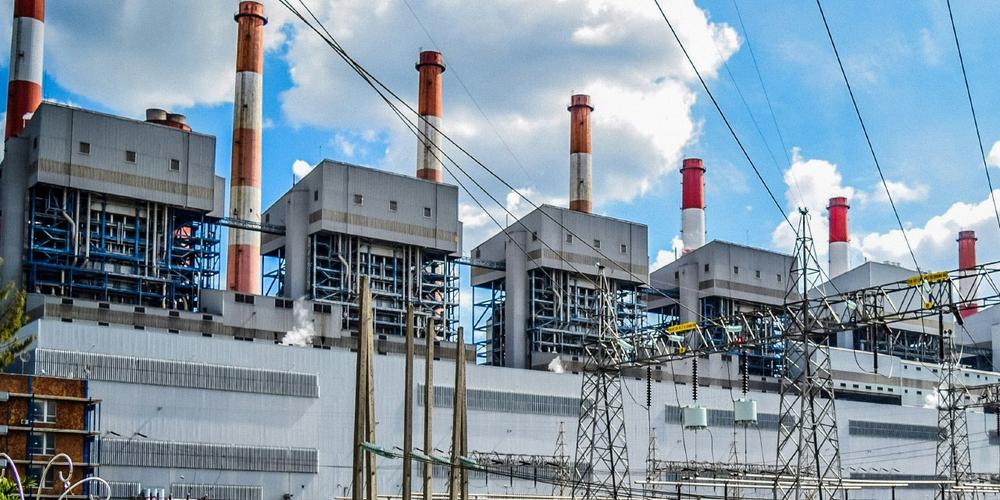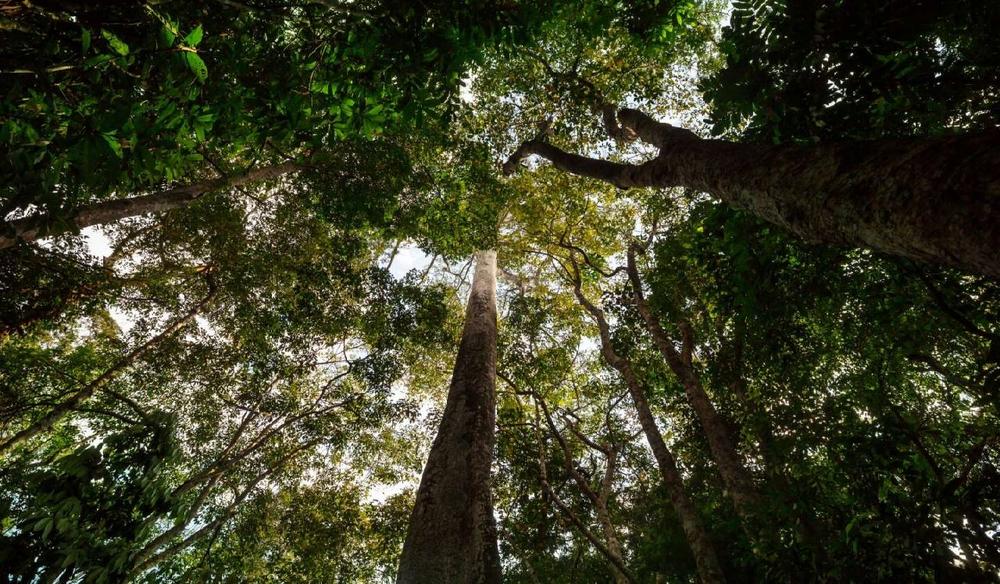-
Hidden gems of the abyss: New Deep-Sea Coral Found Living on Nodules Targeted for Mining
An international research team led by Senckenberg scientist Dr. Nadia Santodomingo and Dr. Guadalupe Bribiesca-Contreras from the UK’s National Oceanography Centre (NOC) have discovered a new species of deep-sea coral that lives attached to polymetallic nodules – the same mineral-rich rocks that are the focus of growing international interest for deep-seabed mining. The coral, Deltocyathus zoemetallicus – now described in a new study published in the “Zoological Journal of the Linnean Society” – was found more than 4,000 meters below the surface in the Clarion–Clipperton Zone (CCZ) of the Pacific Ocean. This is the first known hard-coral species to live directly on these nodules. The nodules grow extremely slowly – only a few…
-
Ants Worldwide: Diversity Estimated Up To Three Times Higher
Around 14,260 living and 810 fossil ant species are currently known – but this probably constitutes only a fraction of the actual number. A new study, published in the journal “Insect Systematics and Diversity,” shows how modern methods such as DNA sequencing have changed the systematics of ants. Ants colonize almost all habitats and play a central ecological role, but many regions – especially in Asia and Africa – remain poorly studied. The international team, led by Senckenberg researchers, proposes a standardized naming system for higher ant groups and emphasizes the importance of encouraging young researchers to further expand knowledge about this diverse group of animals. It all began in…
-
“Move BON”: New Global Network for the Study of Animal Movement
Move BON, a new international research network for studying animal movement, has now been officially endorsed by the overarching GEO BON network, which brings together global observations on biodiversity and makes them accessible for research and nature conservation. The new initiative, whose leadership includes researchers from the Senckenberg Biodiversity and Climate Research Center Frankfurt (SBiK-F) and the Max Planck Institute of Animal Behavior, will enable valuable animal movement data to be better integrated into biodiversity research and national and international conservation strategies in the future. Animal movement– from migrating birds, whales and gazelles to pollinators and seed dispersers – plays a central role in ecosystem connectivity, resilience, and biodiversity around…
-
Extinction Confirmed: Cape Verde’s Cone Snail Lost Forever
The IUCN Red List has officially declared Conus lugubris—a marine snail once found only on the north shore of São Vicente, Cape Verde—Extinct. The species, last seen alive in 1987, was driven to extinction by coastal development that destroyed its fragile habitat. While its loss is a sobering reminder of biodiversity’s vulnerability, the story of C. lugubris has already helped inspire stronger environmental protections in Cape Verde and renewed global efforts to assess and conserve marine invertebrates. Conus lugubris, a cone snail once unique to Cape Verde, has now been assessed as Extinct in the latest update of the IUCN Red List of Threatened Species. This tiny marine snail, about…
-
Natural recovery of tropical forests needs time
An international research team from the Senckenberg Biodiversity and Climate Research Center Frankfurt (SBiK-F) has investigated how quickly seed dispersal by animals in tropical forests recovers after deforestation. Their study, now published in the scientific journal “Current Biology,” shows that it takes decades for seed-dispersing animals to come back and interact with plants. A crucial factor for the speed of seed-dispersal recovery is the connection to nearby intact forest areas. Rainforests are irreplaceable hotspots of biodiversity and are considered the “green lungs of the Earth”. However, the area of pristine tropical forests continues to decrease due to deforestation. The restoration of tropical forests is therefore crucial for biodiversity conservation and…
-
300,000-year-old Genomes: History of the Schöningen Horses Deciphered
For the first time, a research team from the Senckenberg Centre for Human Evolution and Palaeoenvironment at the University of Tübingen and the Schöningen Research Centre have reconstructed the genomes of an extinct horse species Equus mosbachensis from the archaeological site of Schöningen in Lower Saxony, approximately 300,000 years old. Thanks to exceptionally favorable preservation conditions, the researchers were able to identify the oldest DNA yet discovered from an open-air site. Their analyses show that the Schöningen horses belong to a lineage that is considered to be the origin of all modern horses. The study was published today in the journal “Nature Ecology & Evolution.” Domestic and wild horses, donkeys…
-
Genetic Diversity: Nature’s Underestimated Lifeline
Genetic diversity – the diversity within species – is a crucial yet often underestimated basis for the protection of biodiversity. A recent publication in the journal “People and Nature,” co-led by Senckenberg researcher Deborah M. Leigh, emphasizes the central role of genetic diversity for a “nature-positive” future. This refers to a state in which the loss of nature is not only halted but also reversed. In order to achieve this goal, genetic diversity must be taken into consideration when drawing up management and conservation concepts, says the international research team. The European ash (Fraxinus excelsior) provides valuable wood and is an important part of the ecosystem for many species. However,…
-
Are We Unique?
An international team led by Senckenberg researcher Prof. Dr. Simon Darroch has presented a new approach to understanding how living organisms fundamentally change their environment – and what this means in terms of the role of modern humans. In their study, now published in the scientific journal “Trends in Ecology & Evolution,” the researchers propose the concept of “Earth System Engineering.” It encompasses biological processes that not only alter habitats locally but also have a lasting impact on central parts of the Earth system – such as the atmosphere, oceans, and soil – and leave their mark over millions of years. The new approach makes it possible to link current…
-
112-million-year-old Time Capsule: Oldest Amber Insects from South America Discovered
For the first time, researchers in Ecuador have discovered amber fossils from the Cretaceous period on the South American continent. The approximately 112-million-year-old find from the Hollín Formation in the Oriente Basin is one of the oldest known amber deposits in South America. Of particular note are the numerous insect species trapped in the amber, which provide a unique insight into a forest ecosystem of the former supercontinent Gondwana that has barely been studied to date. The results of the study, which was led by the University of Barcelona with the involvement of Senckenberg scientists, have now been published in the journal “Communications Earth & Environment.” Amber is of particular…
-
The Earth’s Lungs: Diversity as a Survival Strategy
In the face of climate change and increasing droughts, the Amazon rainforest – one of the largest and most important ecosystems on Earth – is under ever-increasing pressure. A new study by Senckenberg researchers in the journal “Nature Communications” shows that it is not only the size or species diversity of the forest that is decisive for its resilience, but also the hydraulic diversity of the trees. Forests with a wider range of hydraulic strategies – from deep roots and resistant vascular bundles to different growth rates – are significantly better able to withstand droughts. This finding not only increases our understanding of forest dynamics but also has far-reaching implications…

